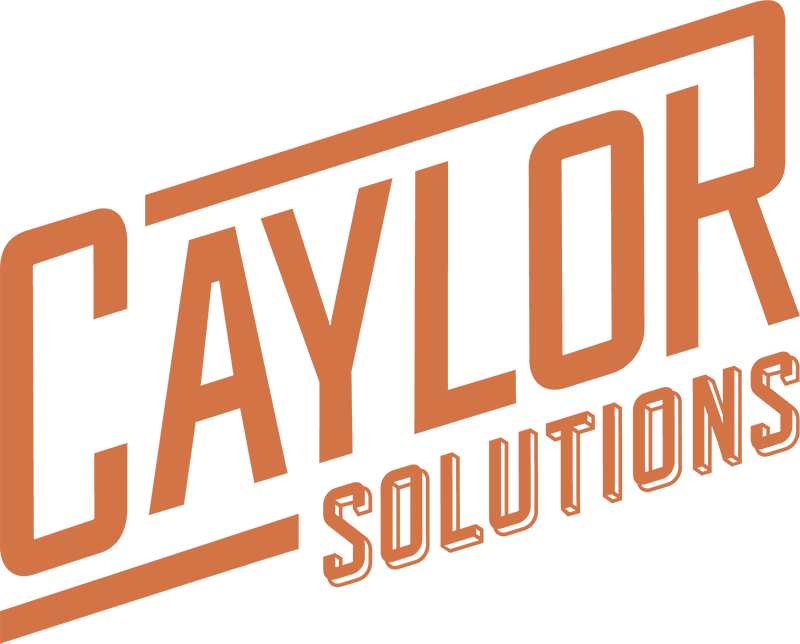Crisis management is never a fun topic, but it’s something that every college and university should prepare for. The unfortunate reality is that a crisis at your school may not be a matter of if, but when.
As I write this, we’re only a few days removed from the shooting that occurred at the Super Bowl parade in Kansas City, Missouri.
In mere seconds, a wonderful ceremony turned into a tragic memory for thousands of people who had come together as one tribe to celebrate their football team.
Now, you may be thinking, “Something like that would never happen at our school.”
Well, I’m sure most of the people attending that parade could never have imagined going through that terrible event before that infamous Wednesday afternoon.
Your school’s reputation or history notwithstanding, a crisis can strike at any time and without warning.
With that in mind, here are five ways you can help mitigate the damage a crisis could inflict on your school’s brand.
1. Understand and Prepare for Different Types of Crises
In 2021, I had a sobering conversation with Christy Jackson, Senior Director of Reputation Management and Communications at UNC-Charlotte, on The Higher Ed Marketer podcast.
Christy has extensive experience dealing with on-campus crises, including multiple shootings, and she said something that really set the context for the challenges different schools face:
“Crisis is relative. What may seem like a big deal to someone on their campus or in their organization may seem like [just a normal day] to someone else.”
Christy’s perspective perfectly underscores the importance of preparing for both operational and reputational crises with specific strategies.
An operational crisis is something that happens to your institution, like a natural disaster or an act of violence. For example, I think it’s fair to say that the COVID-19 pandemic was one of the greatest operational crises that higher ed has ever faced.
A reputational crisis is usually caused by something that is said or done by someone directly connected with the school, like the Jerry Sandusky scandal at Penn State.
Regardless of the source, every major event or decision can potentially trigger a crisis by evoking fear or suspicion. Whether it’s an unexpected change in leadership, retiring a long-held policy, or cutting an academic program, these events can potentially damage your school’s brand perception.
Recognizing a crisis in one of its many forms can allow you to act swiftly to alleviate its negative impact.
2. Develop a Comprehensive Crisis Communication Plan
Preparation cannot be overstated in crisis management.
Having a crisis communication plan that includes pre-written responses for various scenarios is crucial.
This plan should outline a standard protocol in the case of a crisis, such as:
- Designate a crisis management team — Identify a core group responsible for your crisis response, including decision-makers from public relations, legal, security, and senior management.
- Establish communication channels — Determine the primary channels through which communication will be distributed, including press releases, email, and the institution’s website.
- Define a social media strategy — Develop a plan for monitoring and responding to social media activity related to the crisis. Decide on the tone, frequency, and type of content to be shared.
Ultimately, your crisis communication plan should not only address the immediate needs during a crisis but also support the long-term recovery and brand reputation management efforts of your institution.
3. Leverage Creativity in Your Response Strategies
The pandemic presented unprecedented challenges, requiring higher ed marketing teams to cook up creative solutions to maintain enrollment.
After all, how do you engage with prospective students during a time when “social distancing” was the world’s biggest buzzword?
My friend Jaime Hunt, now the CMO and VP of University Communications at ODU, expanded on this problem when she talked about her early pandemic experience at Miami University (Ohio):
“We’ve tried to be pretty innovative with our marketing tactics this fall. We can’t have admissions counselors on the road, and [there are] no college fairs occurring. But we have to get in front of students.
The ways we have done that have had to change because we have students who have ‘Zoom fatigue.’ We don’t want to fill the rest of their days up with more Zoom meetings.”
The folks at Miami University knew they had to utilize some out-of-the-box thinking to get new students through the doors.
By employing innovative marketing tactics like AI retargeting and connected TV campaigns, Miami University managed to not only stabilize but increase enrollment by nine percent.
Their creativity in crisis management highlights the importance of adapting strategies to meet changing circumstances and audience needs.
Just like when a great sports coach makes adjustments during a closely contested game, don’t be afraid to pivot once it’s clear that your initial strategy just isn’t going to cut it.
4. Prioritize Transparency and Timely Communication
I cannot stress enough the importance of transparency and expediency in crisis management.
I touched on a troubling incident at a New York City high school in another piece I wrote about the escalating dangers of deepfake technology.
Three high schoolers stirred up mass confusion in their district after posting a deepfake video on social media. The AI-generated video portrayed a local principal making awful remarks and threats toward minority students.
The ruse was quickly exposed, but the school district’s reputation was shattered because key personnel didn’t keep students and their families in the loop.
This was a crisis that could have easily been abated if local officials had provided regular updates and communicated what they did know early in their investigation.
So if your school experiences a crisis, be honest, be responsive, explain your decisions, and own up to your mistakes.
5. Listen, Learn, and Adapt
Engaging with your audience is critical during and after a crisis.
Higher ed marketing should be a conversation where the institution educates its stakeholders about possible dangers and listens to their concerns.
This approach not only aids in the healing and restoration process but will also strengthen your institution’s relationship with its target audience.
- Build awareness — Educate your stakeholders on issues that could potentially lead to a crisis so that you can respond effectively if one occurs.
- Identify potential risks — Have regular discussions with campus leaders about potential vulnerabilities. This will allow you to proactively address issues before they escalate, reducing the likelihood of a crisis.
- Facilitate scenario planning — Lead workshops that simulate crisis scenarios, like a campus shooting or a major cyberattack. By practicing your responses and decision-making in a controlled environment, your team will be more confident when a real crisis occurs.
Remember, each crisis presents an opportunity to learn and improve future responses, making your school more resilient and prepared for future challenges.
Protect Your School’s Brand With a Crisis Management Plan
Effective crisis management is vital for maintaining and strengthening an education brand during crises.
In this new AI-dominated era of widespread connectivity and access to information, it might not be possible to manage the entire narrative during a crisis. However, it’s crucial that you advocate for your institution’s brand through your marketing efforts.
That starts with creating a roadmap on how to respond to crises in a way that upholds and builds on your institution’s reputation.
Got more questions about crafting a crisis management plan for your school? Let’s chat! Even if your challenges are outside our scope, I’m sure we can connect you with a trusted partner who can help.
Chasing Mission Fit
A Marketing Guide To Fill Your Institution With Students Who Will Succeed.
The essential marketing book every higher education institution needs! If you are a higher education marketing professional seeking a fail-safe plan to make your institution stand out, “Chasing Mission Fit” is your guide.

-
- Precisely target your ideal student
- Craft a compelling brand for your institution
- Implement a proven marketing strategy from 30 years of expertise
So you can empower your institution with audience-focused marketing strategies, and attract mission-fit students who will flourish in your unique academic environment.
Ready to transform your institution’s marketing approach?
Order now!
Featured image by Microgen via Adobe Stock












